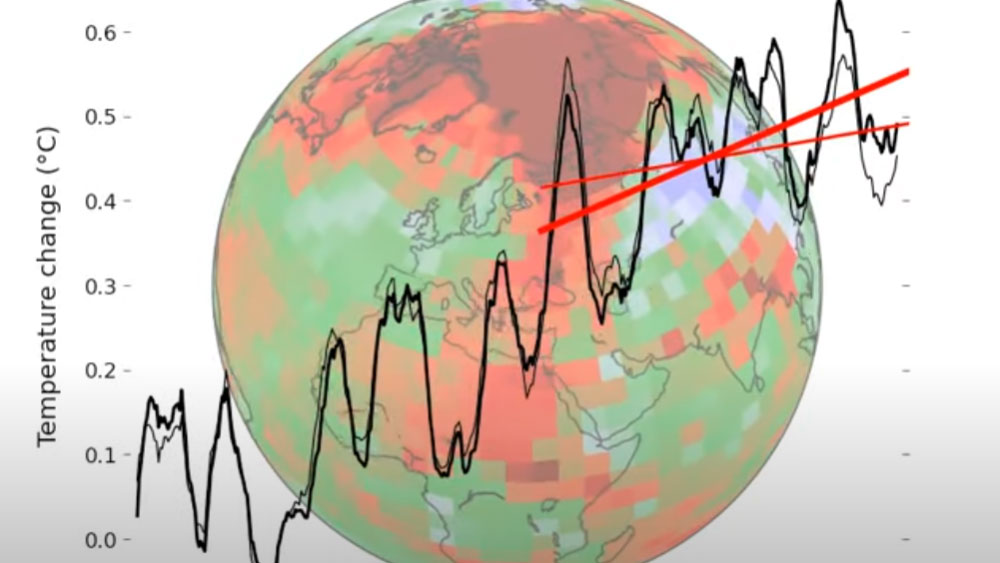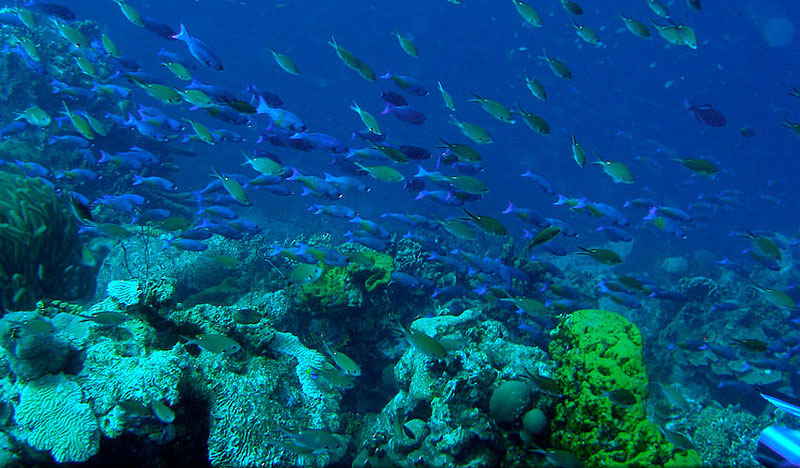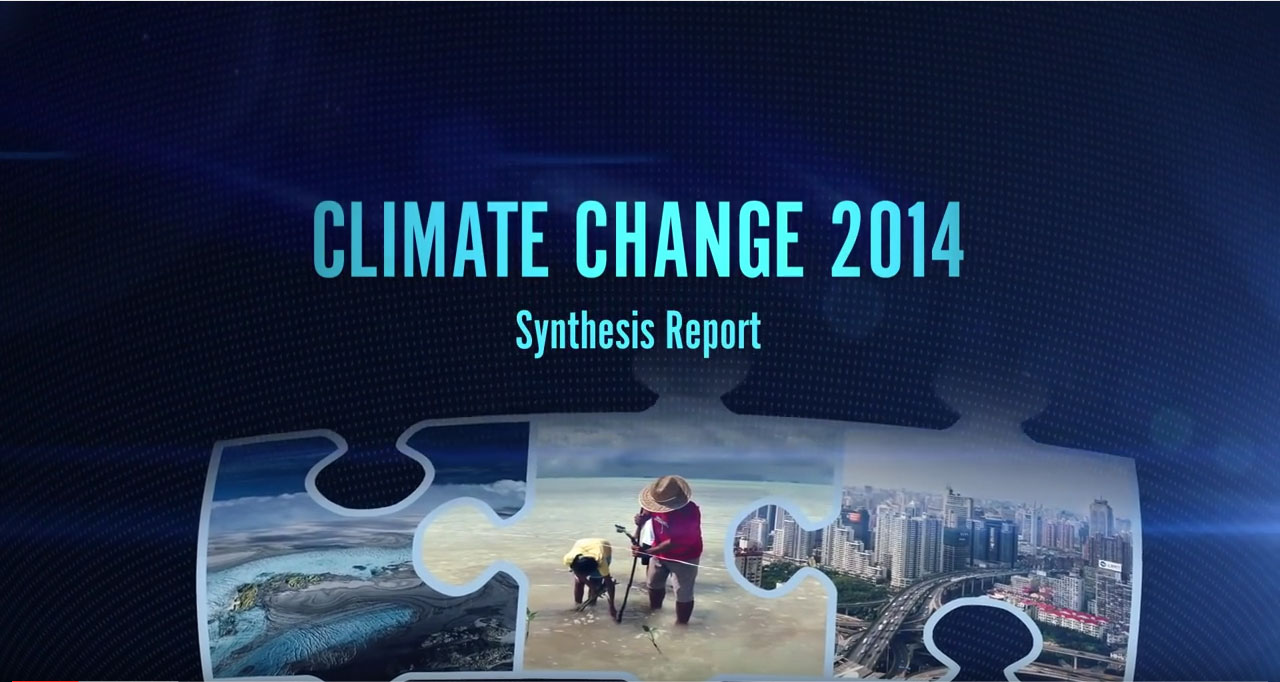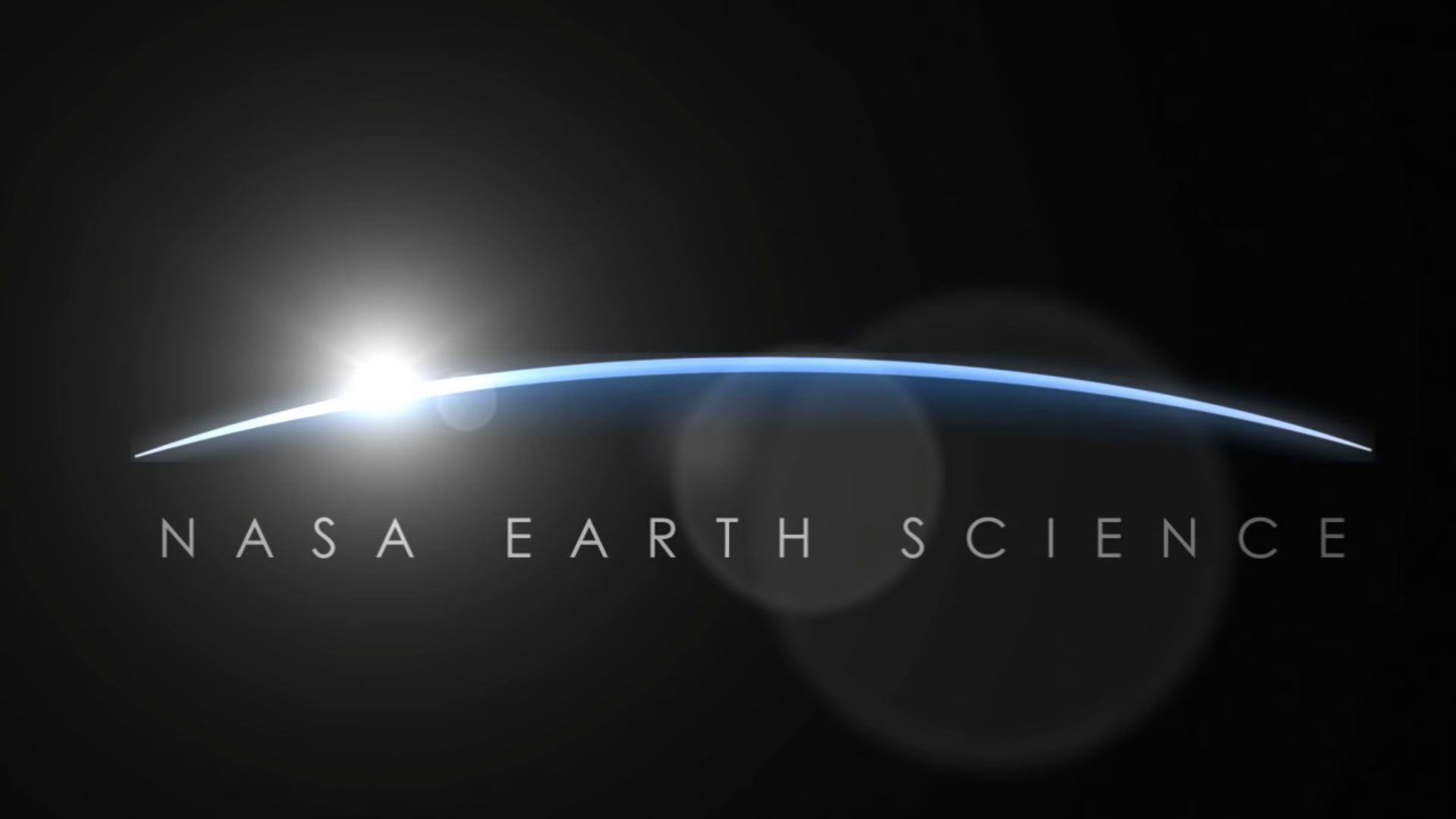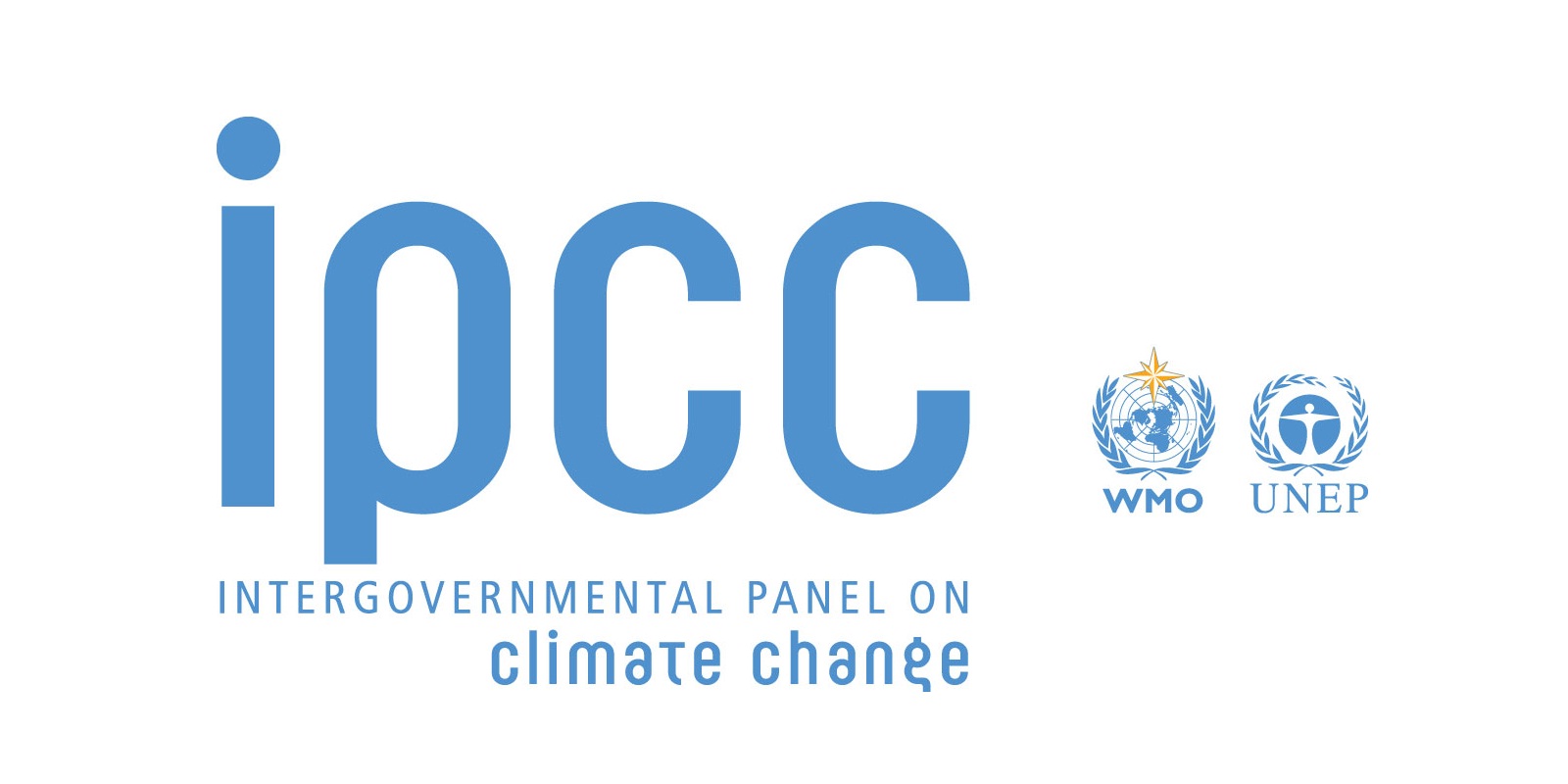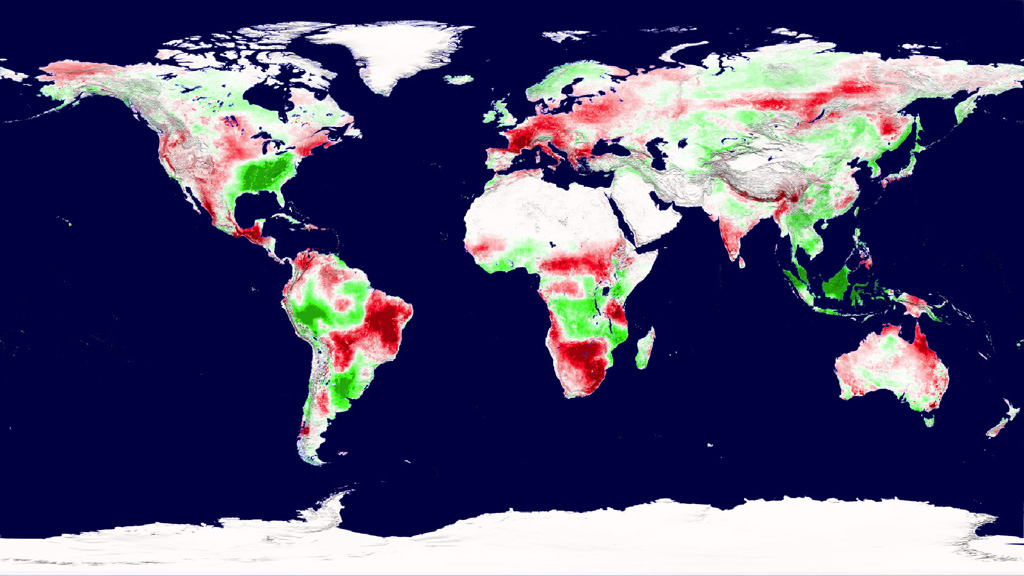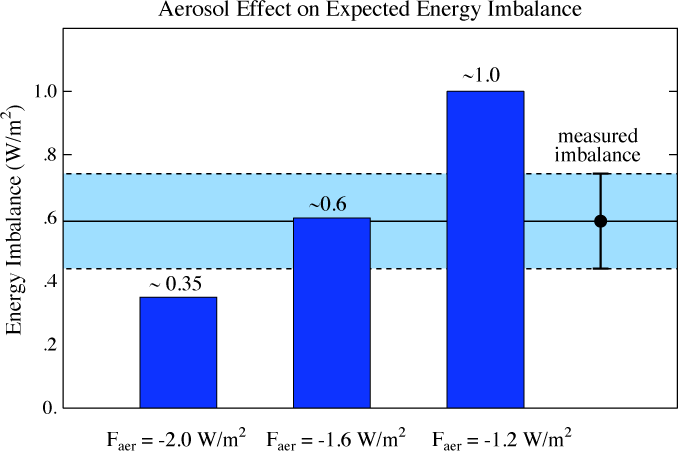The 2013 report on the State of the Ocean, by IPSO can […]
2013: For the 5th time in 23 years, the world’s […]
New data visualizations from the NASA Center for Climate Simulation […]
Stephen Henry Schneider (February 11, 1945 — July 19, 2010) […]
NASA: Drought Drives Decade-Long Decline in Plant Growth published 08.19.10 […]
James Hansen explains Earth energy imbalance from anthropogenic forcing and […]
